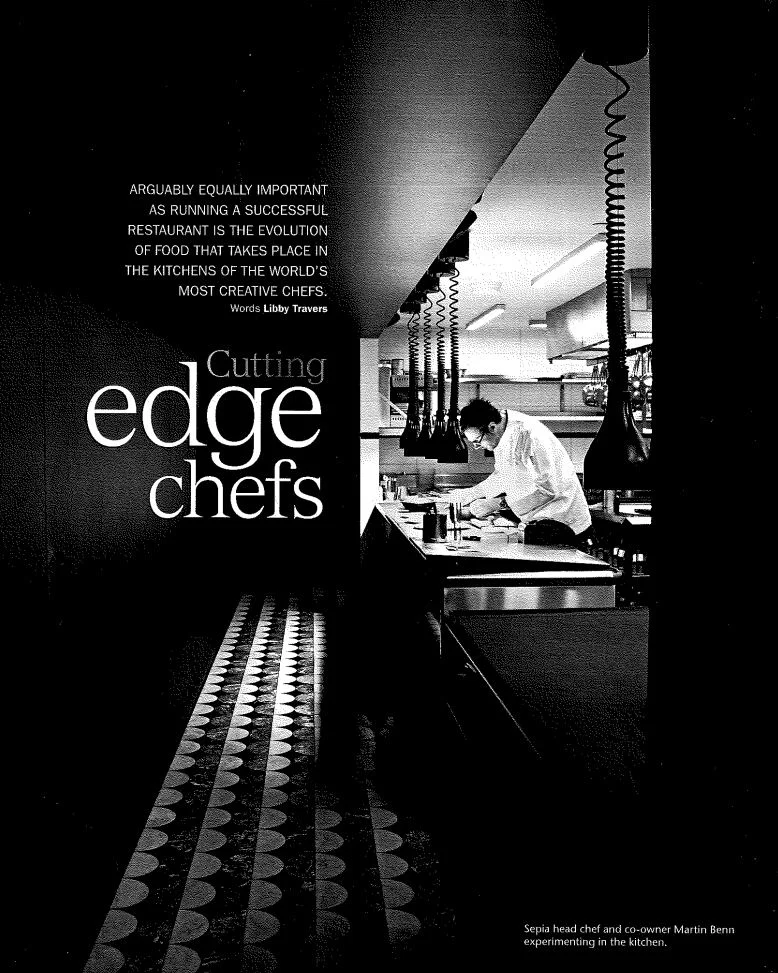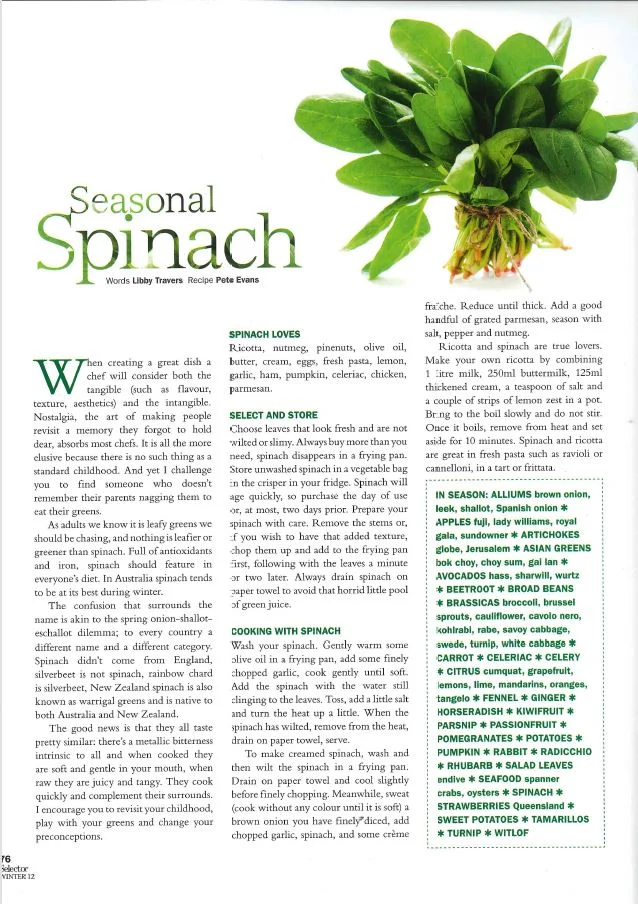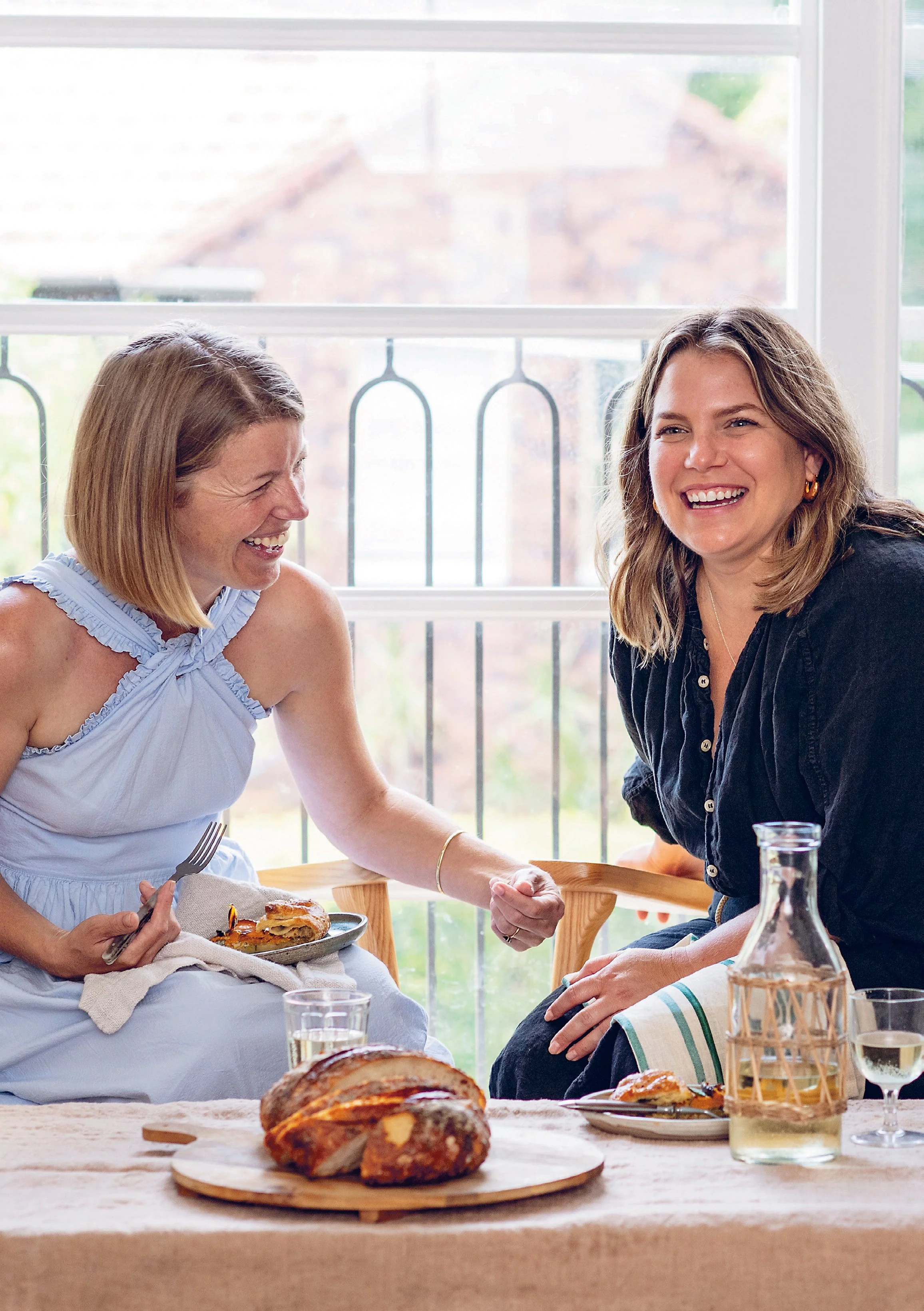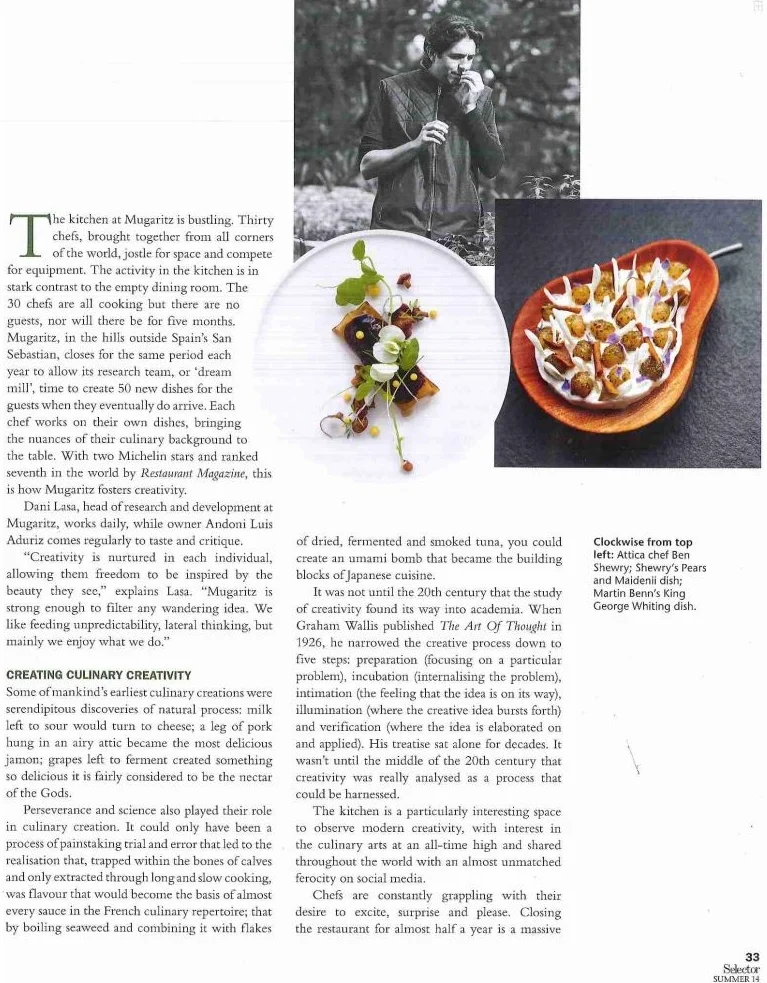(Photography: the delightful Luke Burgess)
Every day, just before the sun begins its descent over the edge of the Mediterranean and into North Africa, the jellyfish hunter appears at Scauri’s lighthouse. He comes armed with his long-handled net; he is accompanied by his beautiful wife. They smile and talk happily as they scale the vertical cliff wall to the sea, to his hunting ground. This easy athleticism belies their age, they must be at least 70.
In the lingering sunlight the Med is azure, alive with fish, jellyfish and urchins. She dives in. He remains at the water’s edge, net in hand, trident-like. The jellyfish hunter is waiting for the inevitable cry – medusa! – the word, like bindies at an Australian picnic, is accompanied by a calculated panic; everyone freezes, carefully looks around, and, if their coast is clear, swiftly departs the scene.
Beyond his wife, it’s the children he is protecting. Here, four and five-years-olds frolic in the deep water largely unattended, when they reach eight or nine they learn to dive and start jumping off the high rocks – the island disappears steeply into the Mediterranean and so the jumping is (relatively) safe. The jellyfish hunter watches it all.
There is a gentle rhythm of life on Pantelleria, a tiny Sicilian island – only 15 kilometres across – way out in the Mediterranean, closer to Tunisia than Sicily. A volcano in her former life, the dark rock cliffs and lava formations have given Pantelleria the name La Perla Negra (the black pearl). The black stones are used for terracing, the ancient dry-rock walls quilted across the landscape now testament to the island’s long agricultural history. This is an island that has looked inland for sustenance, more than to the sea.
To hide from the many winds of the Mediterranean, the olive trees huddle close to these low walls, they are trained to grow no higher than your waist. The olives are joined by Pantelleria’s famed zibibbo grape vines and caper bushes; wild oregano, rosemary and purslane run rampant across the island floor. Girt by sea, the island is ironically thirsty, and yet, while the sun always shines and the wind often blows, thanks to the fertile volcanic soils, the wine is delicious, the capers salty sweet and the oregano better than I have tasted.
Days are bookended by spectacular sunrises and sunsets over the water, the winds are all known by name, and there is a timelessness that works its way under your skin. The yardstick is no longer hands on a clock, but the sun’s rays, the hunger in your belly, and the arrival of the jellyfish hunter. This timelessness is so engrained in their culture there is no future tense in the Pantescan dialect.
The Black Pearl was not always this sleepy. In the 1970’s and ’80s, Pantelleria became the summer playground of Armani, Carole Bouquet, Depardieu and their entourage of glitzy friends. To accommodate the glitterati, a number of hotels sprung up, high above the dammuso. Many locals, with lira in their eyes, left their small homes and farming plots to cater for the masses. When the tide turned, and many of the glitterati left (Armani and Bouquet stayed) the hotels were deserted; they now stand empty, lonely sentries to ghosts of parties long over.
The Tunisian-inspired houses, dammuso, are built with the black porous rocks of the island, the walls are thick, very thick. They are ingeniously designed to filter in the cool night air of summer and retain the day’s warmth during winter. Their gentle whitewashed domes are built to trap what precious rain does fall on the island. Fruit trees also cower behind these dark walls – whether inside the cool internal courtyards of the dammuso or the incredible circular gardens found dotted around the island, often designed to enclose just one precious citrus tree.
Her popularity stretches way beyond this century. The reserves of obsidian - the black volcanic glass and one of the strongest natural weapons and tools pre-bronze age - has ensured her popularity since Neolithic times. For those that are so-inclined, the archaeological sites are numerous and in excellent condition. Despite this rich history, and the more recent interest generated by Luca Guadagnino’s (excellent) 2015 movie A Bigger Splash, the island remains largely untouched. This is one of her greatest assets.
A few good four and five star hotels remain on the island, but it is better to live like a Pantesco and rent a dammuso, many of which have been renovated to modern tastes inside, while holding their traditional appeal outside. These run the gamut from humble to luxury (with price tags to match). The south-eastern edge of the island is her most rugged, conversely, the north-western tip is built up and worth avoiding.
Tragically, the old city, with its tiny pebbled laneways and labyrinth of houses, was bombed for a propaganda video near the end of WWII. It was completely annihilated and is now, beyond the striking Tunisian-inspired church, a hodgepodge of panicked architecture. Limit your visits to the weekly market, petrol (you will need a car), the ATM (cash is king, this is still Sicily after all) and the very good deli/wine shop (stocking local delicacies including salted capers, cheeses, most of the island’s best wines alongside Italian favourites such as Occhipinti).
A number of great restaurants can be found across the island. On the north side it’s Il Principe e il Pirata, an excellent restaurant serving beautiful seafood, pasta and couscous (the north African influence is felt on menus as well as in the architecture) with a considered and affordable wine list. Altamarea, on the south side, offers a more formal dining experience, while their port-side bar Kaya Kaya is a casual lunch spot, great for a swim, snack and beer. There are agritourismo and restaurants to be found in the hills that serve more relaxed fare – look out for Rifugio Firiakki. In the summer months booking is a sensible precaution.
Seafood forms a relatively small part of the local diet: fish have little protected habitat on those steep underwater cliffs and instead it is deep-sea fish, alongside the rock-dwellers, such as octopus and urchins, that you find on menus. When fish aren’t swimming in the sea they are found a la Pantesca: swimming in olive oil and the juices of tomatoes, olives and capers. There is also beautiful local wine, seek out Gabrio Bini’s famed Zibbibo wine and Ferrandes’ Passito, or Jacopo Bianchi’s Anforaje.
Beyond the daily quest for food, languid days are best spent chasing the sun while hiding from the wind. It will come from all directions – each wind with its own name, each with its own personality. Use these winds to explore the island: when the Sirocco blows the hot air up from Africa take shelter in the northern outcrops – try Cala Levante and the beautiful arched Arco dell’Elefante or, if it’s really blowing, the port of Gadir; when it is the Mistral, rattling down the Rhone Valley before it shoots across the Mediterranean, you will want to be in the southern swimming holes – Scauri’s port or lighthouse (faro).
As it is a small island (the ring road has a 50km circumference), watching the sun rise and set into the ocean is a feasible punctuation for each day. Follow the sunrise with a visit to Terremoto Bakery in the back streets of Tracino, and the best example of the local specialty bacio - a crisp, puffed, deep-fried wafer that sandwiches a filling of ricotta and cinnamon. Their bread is good and their arancini make a great beach/cliff-side lunch. On the other side of the island the sunset options are numerous, but sitting on the rooftop at Sesiventi with a negroni in hand is particularly brilliant. If the sky is clear and the wind blowing just so, you will see the tip of Tunisia as the sun melts into North Africa.
Turning inwards, the hillsides are also worth exploring. The volcano is not classed as active, and yet the island is alive with its energy – gas seeps out of rock walls, fuels natural saunas in the mountains and hot springs by the sea. The energy is enchanting and a guided walk into the mountains is recommended, as is a boat tour around the island (to be picked up at the port of Scauri).
While there is no future tense, the future looks bright for Pantelleria. Unlike many Mediterranean backwaters, Pantelleria is full of youth, as well as the ageing. This is an island that lives. Alongside the locals, both young and old, there is now a tangle of talent from all over the world living here: artists, ceramicists, architects, fishermen, musicians, distillers.
Raw, dark and a little evasive, Pantelleria isn’t for everyone, her magnetism seems to draw people in or repel them with equal fervour. The internet doesn’t always work, your car may break down, there’ll be no phone reception after it rains. However, people will talk to you, properly, and you will stumble upon your own gems, you will swim in an uncrowded sea, you will find an excellent meal, you will watch many beautiful sunsets. This is not the Truman Show, it’s not a holiday for those seeking a stereotype, but the ideal is there, and it’s real. For an island so bound up in contradictory messages and mystery, perhaps this is her greatest.
Addresses:
Food:
Il Principe e il Pirata
Strada Punta Karace, Pantelleria
+39 0923 691108
Panificio Terremoto
Via Khamma, Pantelleria
+39 0923 915039
Kaya Kaya
Via Porto di Scauri, Pantelleria
+39 320 156 2300
Altamarea
Via Scauri Porto 5, Pantelleria
+39 0923 918115
Accomodation:
Destino Pantelleria
For dammuso and car hire
www.destinopantelleria.com
Corte Pantesca
www.villaitaly.it
Tenuta Borgia (setting of A Bigger Splash)
www.tenutaborgia.it













































































